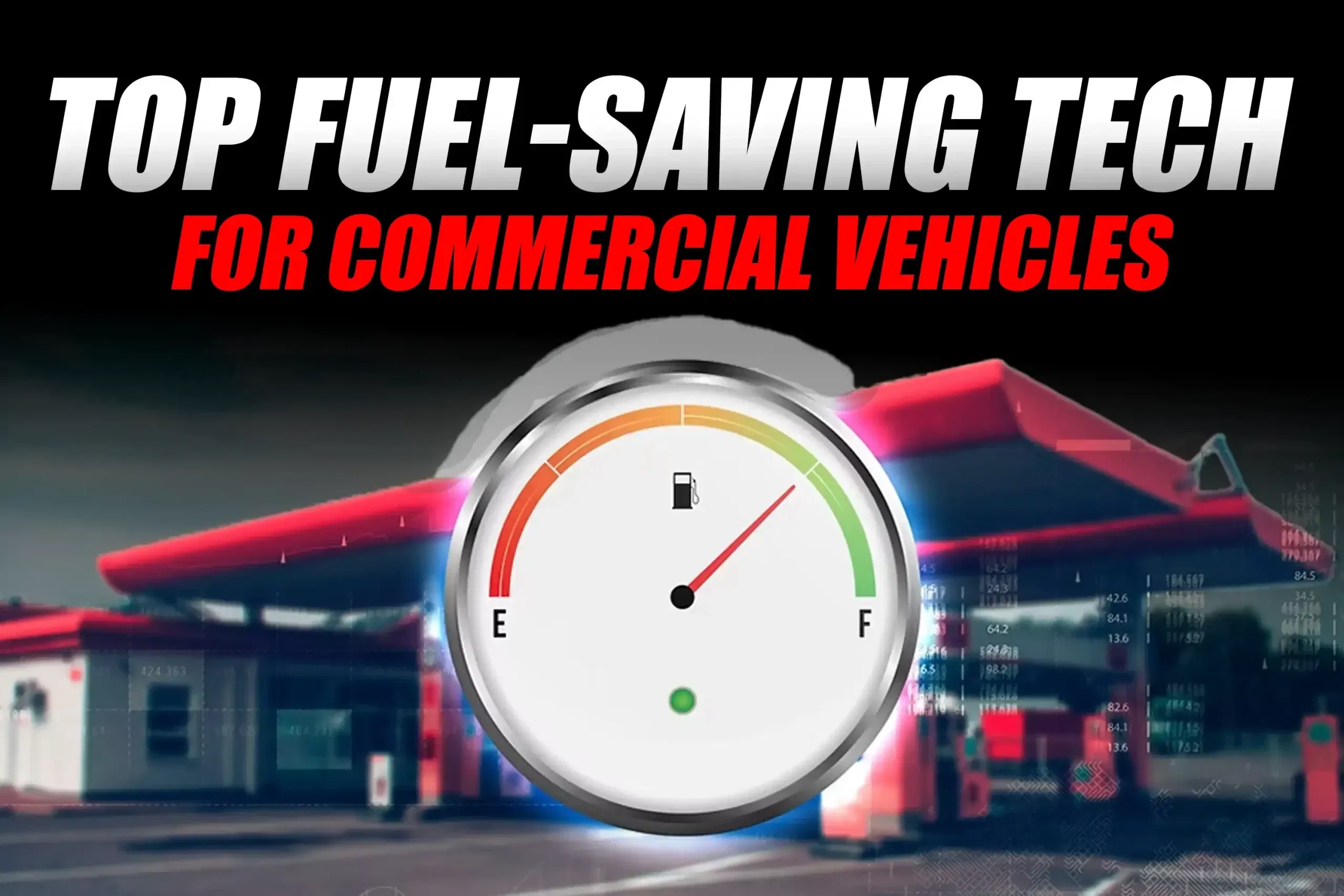Fuel expense is the major cost for commercial vehicles. Trucks, buses and auto-rickshaws consume litres of fuel during long operations. Increasing fuel prices and strict environmental regulations make efficiency compulsory. Fleet managers need to implement fuel-saving technologies to save cost, enhance performance, and meet standards.
Low Rolling Resistance Tyres
Tyres affect fuel efficiency directly. Low rolling resistance (LRR) tyres reduce friction between road and vehicle. Lower friction means less engine load. LRR tyres can save 3–5% fuel in trucks and buses on highways. LRR tyres also decrease tread wear, saving maintenance costs.
Lightweight, low-resistance tyres are suited for e-rickshaws. Enhanced tyre efficiency maximizes battery range. Lower energy consumption improves operating efficiency. Fitting LRR tyres is an affordable fuel-saving option for fleets.
Idle Reduction Systems
Engines burn fuel when idling. Idle reduction systems avoid wasting fuel unnecessarily. Technologies such as automatic engine shutdown and auxiliary power units (APUs) supply power without idling the main engine. APUs drive climate control, electronics, and auxiliary systems.
For trucks and buses, idle reduction saves hundreds of liters annually. E-rickshaws equipped with start-stop systems switch off motors while at standstill, saving battery energy. Such systems lower emissions and engine deterioration, enhancing vehicle lifespan.
Aerodynamic Improvements
Air resistance can increase fuel consumption. Trucks and buses equipped with aerodynamics reduce drag. Roof deflectors, side skirts, and rear fairings smooth airflow. Retrofits for existing vehicles enhance efficiency as well.
Optimized trucks can reach up to 10% more fuel-efficient highway driving. E-rickshaws, even though they move slower, enjoy lower drag. Reduced drag increases battery life and range of operation.
Telematics and Fleet Management
Fuel efficiency depends on data-driven insights. Fleet management and telematics solutions track driver behavior, routes taken, and vehicle performance. Analysis detects inefficiencies such as idling too much, aggressive acceleration, or wasteful routing.
Fleet operations can be optimized and drivers trained using data. GPS-based navigation enhances energy efficiency in e-rickshaws. Real-time feedback through digital monitoring enables accurate control over fuel consumption.
Advanced Engine Management
New-age engines utilize electronic controls for fuel optimization. Electronic control units (ECUs) regulate fuel injection, turbocharging, and air-fuel mixture. Direct fuel injection and variable valve timing enhance the efficiency of combustion.
High-efficiency engine management vehicles minimize fuel loss and emissions. Fleet managers can retrofit existing vehicles or upgrade engines to save costs and improve performance.
Hybrid and Electric Powertrains
Hybrid buses and trucks use electric motors and combustion engines together. Trucks and buses operate on electricity at low speeds and on fuel at high speeds, conserving energy in stop-and-go traffic.
E-rickshaws run entirely on electric power. Systems such as regenerative braking and energy-efficient motors optimize battery range. Electric and hybrid vehicles lower fuel consumption and enhance sustainability.
Conclusion
Fuel-saving technologies blend mechanical advancements, digital solutions, and driver habits. LRR tyres, idle reduction, aerodynamic shapes, telematics, advanced engines, hybrid powertrains, weight control, and training complement each other to achieve peak efficiency.
For e-rickshaws, buses, and trucks, these technologies lower operating costs, increase sustainability, and drive compliance. Forward-thinking fleet operators secure competitive edge and long-term efficiency by embracing these solutions.
For more articles and news, stay updated with 91trucks. Subscribe to our YouTube channel and follow us on Facebook, Instagram, and LinkedIn for the latest videos and updates from the automotive world!
Related Stories:
Battery Swapping vs Fast Charging: Which Technology Works Better for Commercial EVs?









